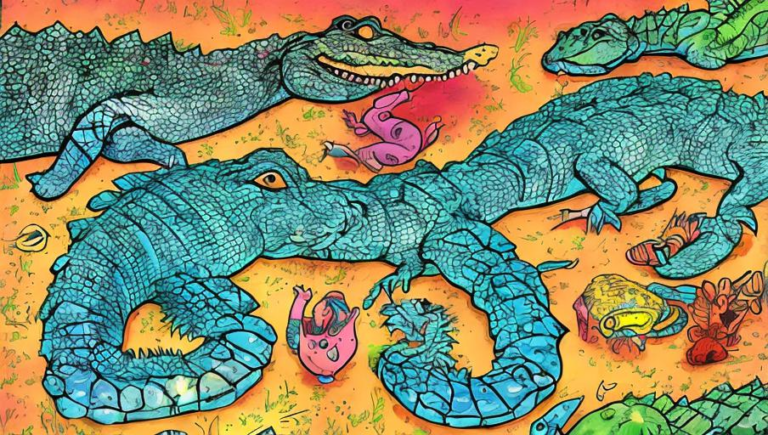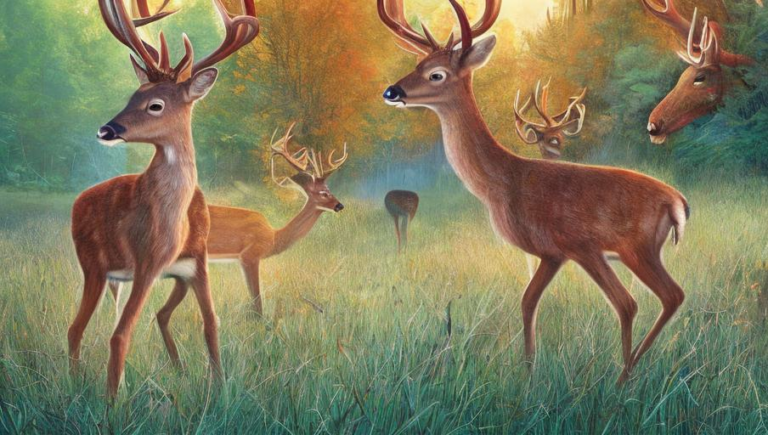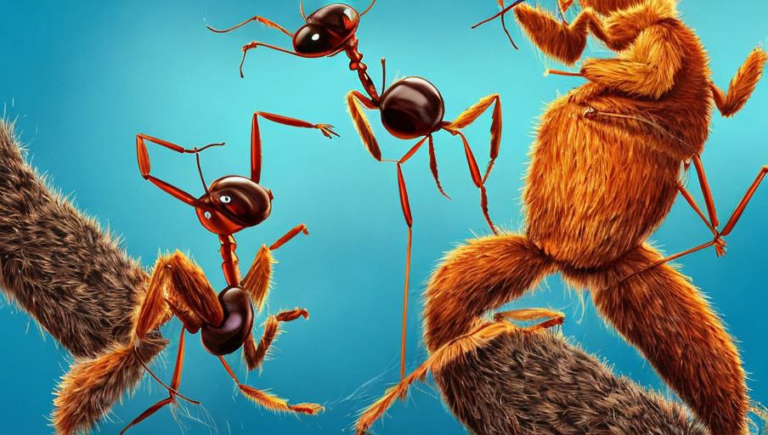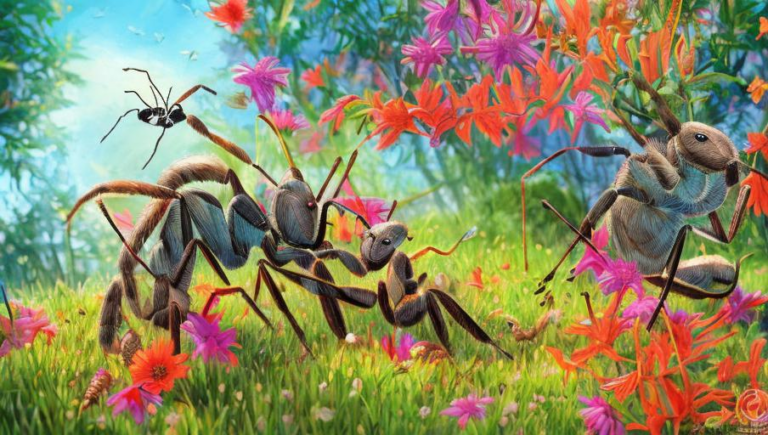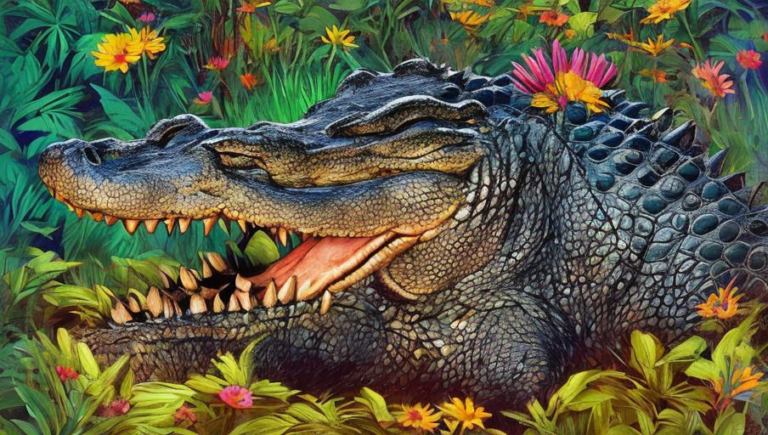Recognizing the Value of Chinchillas in Nature
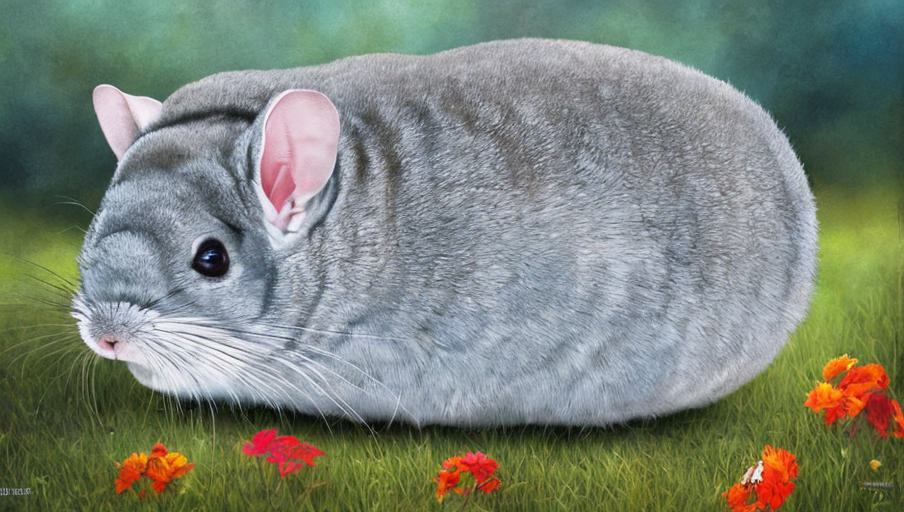
Introduction
The chinchilla is a small, but adorable, member of the rodent family found in the Andes mountains of South America. They are native to the region and have been around for millions of years, but their population is quickly declining due to habitat loss and the illegal pet trade. Chinchillas are incredibly important to their environments and need to be protected for their unique role in nature.
Physical Characteristics
Chinchillas are small rodents that weigh, on average, between 1-3 pounds. They are covered in thick, soft fur which helps them to survive in the cold, harsh environment of the Andes. The fur can come in a variety of colors, ranging from white to black to brown. They have a short tail and large ears, which helps to amplify sound. Chinchillas also have long whiskers and sharp claws which they use to climb and grab food.
Habitat and Diet
Chinchillas live in the rocky terrain of the Andes mountains, in burrows and crevices in the rocks. They are mostly active at night and spend much of their day sleeping. Chinchillas are herbivores, eating mostly leaves, stems, and grasses. They also eat insects and small birds, but these form only a small part of their diet. Chinchillas get most of their water from the plants they eat, but can also drink from streams and ponds.
Role in the Ecosystem
Chinchillas are an important part of the health of the Andes mountains. They are a keystone species, meaning that they are essential to the survival of other species in the same environment. As they eat large amounts of vegetation, they help to keep vegetation in check and prevent it from taking over the environment. They also help to spread the seeds of plants, which helps to keep the ecosystem healthy. They also provide food for larger predators and help to keep their populations in check.
Conservation Status
Unfortunately, the chinchilla is listed as an endangered species by the International Union for Conservation of Nature (IUCN). This is due to the fact that their habitat is being destroyed by humans, and their fur is highly sought after for use in clothing, leading to illegal poaching. In order to protect the chinchilla and its habitat, it is important to raise awareness of the species and its importance in the ecosystem.
Conclusion
Chinchillas are a unique and fascinating species native to the Andes mountains. They are an important part of the ecosystem, helping to maintain healthy vegetation levels, spreading plant seeds, and providing food for larger predators. Unfortunately, their population is declining rapidly due to habitat loss and illegal poaching. In order to protect the chinchilla, it is important to recognize the value of these creatures and take steps to conserve their habitat.
